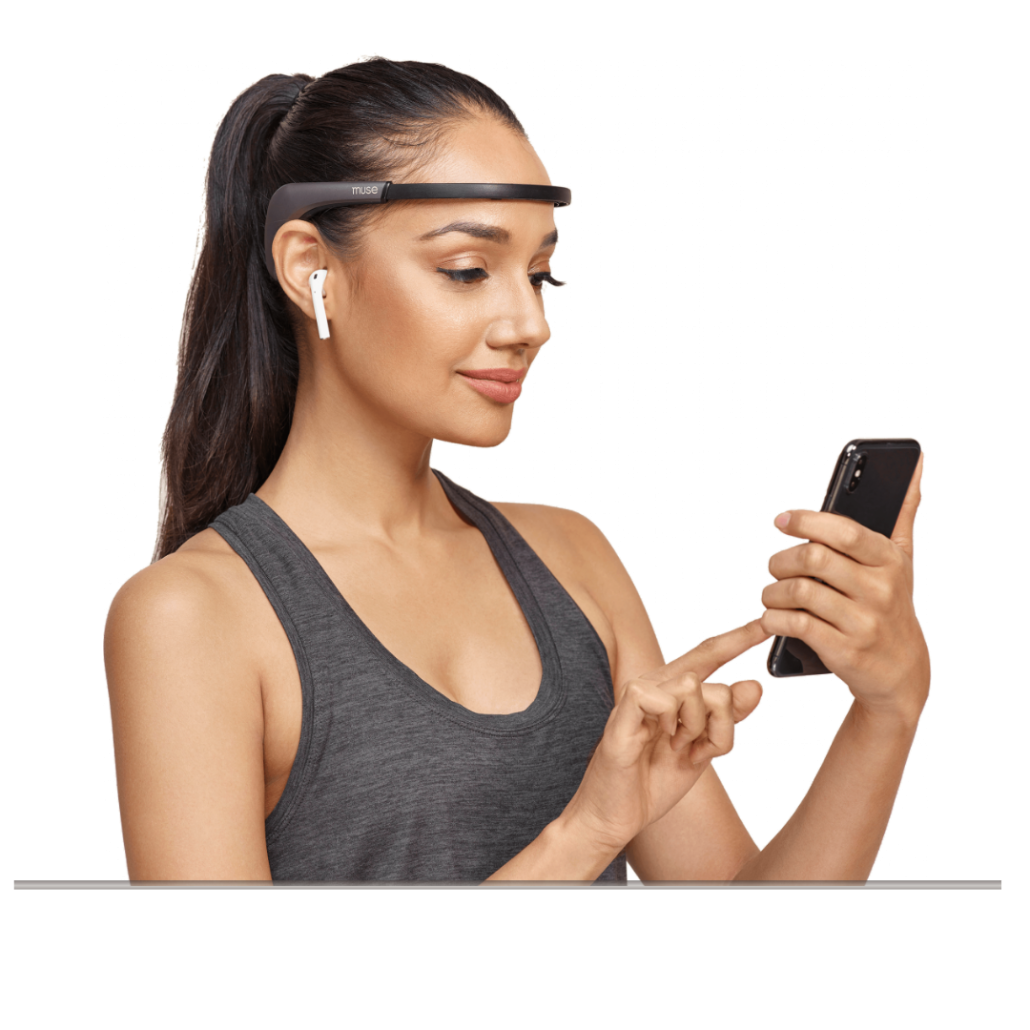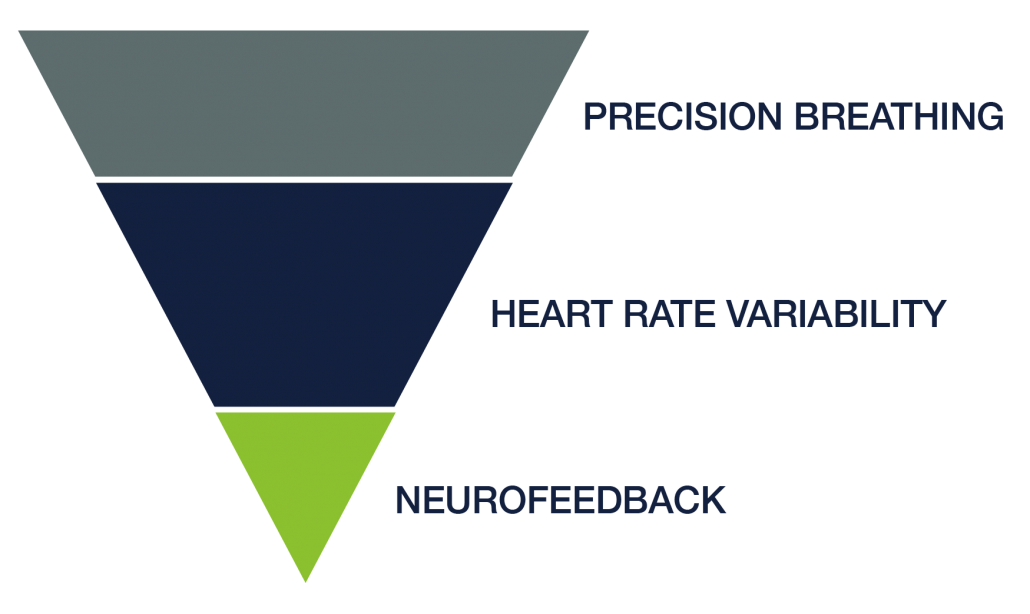SCIENCE-BACKED PROGRAMS
Improve your performance with our science-backed programs
PRECISION BREATHING TRAINING

The relationship between the way we breathe and how our autonomic nervous system responds is a two-way street. While the autonomic nervous system can influence how we breathe, how we breathe gives us a measure of control over the autonomic nervous system and the way we respond to the environment around us. A sympathetic “fight or flight” response causes our breathing to accelerate, while a parasympathetic “rest and recovery” response, causes our breathing to slow down. We can learn to activate these two competing responses by changing our breathing. Neuropeak Pro’s Precision Breathing Training emphasizes key components of breathing structure including posture, muscle control, and consistency to bring about a desired response. This helps you to more effectively manage stress and improve your ability to recover, prepare and perform.

HEART RATE VARIABILITY TRAINING


NEUROFEEDBACK TRAINING

Today, we have the ability to monitor and collect a variety of data points on the physiological functions of our body. Using these data points to gain a greater awareness of how we are functioning with the goal of being able to change and improve how we perform is known as biofeedback. Our precision breathing (respiration data) and heart rate variability (heart rate data) training programs utilize biofeedback. Neurofeedback is biofeedback that provides you with information about your brainwave activity (the naturally occurring electrical oscillation in your brain) in real-time. Brainwave activity can be categorized into different frequency ranges, or “speeds”, that can be measured using a non-invasive EEG (electroencephalogram) device. Different EEG activity patterns are associated with various kinds of cognitive activities, energy levels and aspects of physical performance. Having too much or too little electrical activity within a particular frequency range at a given location or having an unbalanced frequency distribution across different brain areas, can negatively impact performance.
Our program starts by measuring your characteristic “resting state” brainwave activity through a baseline evaluation. Using the information gathered in the evaluation we develop a customized training plan for your neurofeedback sessions. Each of your neurofeedback training sessions will utilize the same technology used in your baseline evaluation to monitor your brainwave activity and provide feedback back to you. There are different ways to receive this feedback. It can involve playing a game, listening to music, or watching a video.
The feedback, or stimulus (game, music, or video), only operates smoothly when your brainwave activity patterns are functioning within an optimal, defined range. This acts as a reward for your brain. When your brainwave activity fluctuates outside of the optimal range, you’ll receive negative feedback (your movie pauses, the music stops, etc.). Over the course of the neurofeedback training program your brain learns from this feedback.
Consistent, repeated neurofeedback sessions reinforce or create new connections and pathways through neuroplasticity, creating long-lasting changes in the brain. The key to optimal performance is balance, and helping to achieve that balance is the important role played by neurofeedback.

